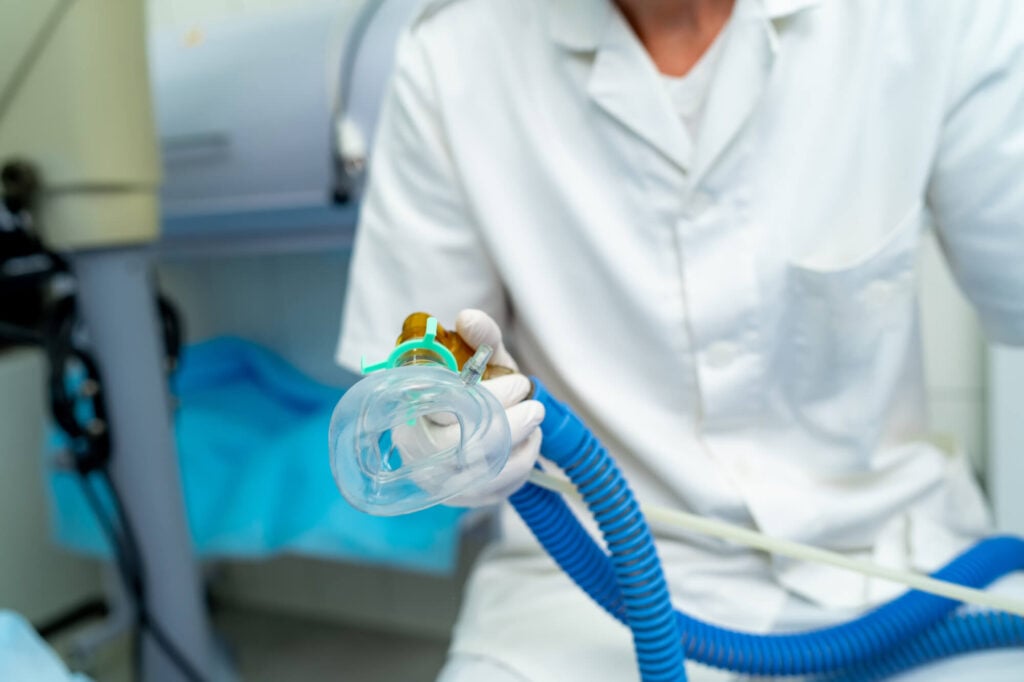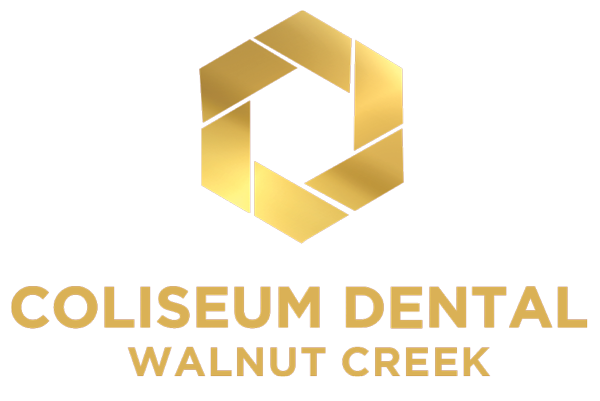If the thought of visiting the dentist sends shivers down your spine, you’re not alone. Dental anxiety is a common issue that prevents many people from seeking the oral care they need. Fortunately, there’s a game-changer: sedation dentistry in Walnut Creek, CA. This innovative approach has the power to transform your dental experience, making it fear-free and comfortable.

Anxiety-Free Dentistry: How Sedation Can Be a Game-Changer
What Is Sedation Dentistry?
Sedation dentistry is a specialized approach aimed at ensuring patients’ comfort and relaxation during dental procedures. It involves the use of medications, commonly referred to as dental sedatives, to alleviate anxiety and fear often associated with dental visits. Sedation does not necessarily render patients unconscious; instead, it induces a state of deep relaxation, making them less sensitive to pain and discomfort.
There are different levels of sedation in dentistry:
- Minimal Sedation: In this state, patients remain fully awake and aware but are more relaxed and less anxious.
- Moderate Sedation: Also known as conscious sedation, this level causes patients to become drowsy and less aware of their surroundings, often with limited memory of the procedure.
- Deep Sedation: Here, patients are on the edge of consciousness but can still be awakened if needed.
- General Anesthesia: In this state, patients are completely unconscious and unaware during the procedure.
Sedation dentistry is especially beneficial for individuals with dental phobias, extreme anxiety, or those undergoing extensive treatments. It ensures a comfortable and stress-free experience while allowing dentists to perform their work efficiently and effectively.
Who Are Ideal Candidates for Sedation Dentistry?
Candidates for sedation dentistry encompass a diverse group of individuals who seek dental care but experience varying degrees of anxiety, fear, or discomfort when visiting the dentist. Here are some common profiles of candidates:
- Dental Anxiety or Phobia: Patients with a profound fear of dental procedures are prime candidates for sedation dentistry. Sedation helps alleviate anxiety, making the experience more tolerable.
- Strong Gag Reflex: Some individuals have an overly sensitive gag reflex, making it difficult for them to undergo dental treatments comfortably. Sedation can help relax the reflex, making the process smoother.
- Complex Dental Procedures: Patients requiring extensive dental work, such as multiple extractions, implants, or root canals, may opt for sedation to ensure comfort during lengthy appointments.
- Special Needs Patients: Sedation is often used for patients with physical or cognitive impairments who may have difficulty cooperating during dental procedures.
- Multiple Procedures in One Visit: Patients who want to complete several treatments in a single visit may opt for sedation to minimize time spent in the dental chair.
- Fear of Needles or Dental Instruments: Sedation can help individuals who have a strong aversion to needles or dental instruments by reducing their awareness of the procedure.
Ultimately, the decision to use sedation dentistry should be made in consultation with a qualified dentist who can assess an individual’s specific needs and preferences to ensure a safe and comfortable dental experience.

What Are the Different Types of Dental Sedation?
Sedation dentistry offers a range of options to cater to varying levels of anxiety and dental procedures. Here, we’ll delve into the different types of sedation and how they are administered.
Nitrous Oxide (Inhaled Sedation)
How it’s administered: Nitrous oxide, commonly known as laughing gas, is administered through a mask placed over the patient’s nose. It is inhaled, creating a feeling of relaxation and mild euphoria.
How it works: Nitrous oxide is a minimal sedative that induces a calming effect while allowing patients to remain fully conscious and aware during the procedure. The level of sedation can be adjusted by the dentist throughout the treatment.
Oral Sedation
How it’s administered: Oral sedation involves taking a prescribed medication, usually a pill, one hour before the dental appointment. It’s a convenient option for patients who prefer to avoid injections.
How it works: Oral sedatives like diazepam or lorazepam induce varying degrees of sedation, from minimal to moderate, depending on the dosage. Patients may feel drowsy but can still respond to commands during the procedure. A responsible adult should accompany the patient to the appointment as the effects can linger for some time.
Intravenous (IV) Sedation
How it’s administered: IV sedation is administered through a vein, typically in the arm or hand, by a trained anesthesiologist or dentist. This method allows for precise control of the sedative’s dosage throughout the procedure.
How it works: IV sedation provides a deeper level of sedation, often referred to as conscious sedation. Patients may feel groggy and have limited awareness of their surroundings, but they can still respond to stimuli. It is commonly used for complex or lengthy procedures.
General Anesthesia
How it’s administered: General anesthesia is administered intravenously, causing patients to become entirely unconscious during the procedure. It is usually performed in a hospital or surgical center setting.
How it works: Patients under general anesthesia are completely unaware and unresponsive throughout the dental procedure. An anesthesiologist closely monitors their vital signs. General anesthesia is typically reserved for extensive oral surgeries.
These various types of sedation dentistry allow for a tailored approach to meet the patient’s anxiety level and the complexity of the dental work. The choice of sedation method depends on the patient’s needs, medical history, and the dentist’s recommendations, ensuring a comfortable and stress-free dental experience.
What Is the Science Behind Sedation Dentistry?
The science behind sedation dentistry lies in the pharmacology of sedative drugs and their impact on the central nervous system. Sedatives are carefully selected and administered to induce a state of relaxation, reduce anxiety, and sometimes, create a temporary memory blackout during dental procedures.
The key principle involves depressing the activity of the central nervous system. This is achieved by enhancing the effects of a neurotransmitter called gamma-aminobutyric acid (GABA), which inhibits brain activity. Sedatives such as benzodiazepines (used in oral and IV sedation) and nitrous oxide (inhaled sedation) work by increasing the activity of GABA, leading to a calming effect.
Sedation dentistry ensures that patients remain conscious and responsive during the procedure, with varying levels of awareness depending on the type and dosage of the sedative used. Monitoring equipment tracks vital signs throughout the process to ensure patient safety.
The careful selection and administration of sedatives by trained professionals ensure a comfortable and anxiety-free dental experience, making it possible for individuals with dental phobias or anxiety to receive the care they need without the distress typically associated with dental visits.
Is Sedation Dentistry Safe?
Sedation dentistry is generally safe when administered by trained and experienced professionals. Dentists offering sedation have received specialized training and adhere to strict protocols to ensure patient safety. They continuously monitor vital signs during the procedure, minimizing risks associated with sedation.
While there are potential side effects and risks, such as allergies or adverse reactions, they are relatively rare.
A thorough assessment of a patient’s medical history and health status is conducted before sedation to ensure its appropriateness, making it a safe and effective option for many patients seeking a more relaxed dental experience.

Do You Need Sedation Dentistry in Walnut Creek, CA?
Sedation dentistry offers a transformative solution for those grappling with dental anxiety and fear. With various options, from nitrous oxide to IV sedation, it caters to individuals with different comfort levels and needs.
The science behind sedation dentistry, coupled with careful administration, ensures a safe and comfortable dental experience.
Don’t let dental fear hold you back from maintaining your oral health. At Coliseum Dental Walnut Creek, we specialize in providing compassionate and stress-free dental care. Take the first step toward a relaxed and anxiety-free visit by scheduling an appointment with us today.



